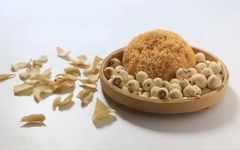
The Past and Present of Medicinal Cuisine (Part 1)
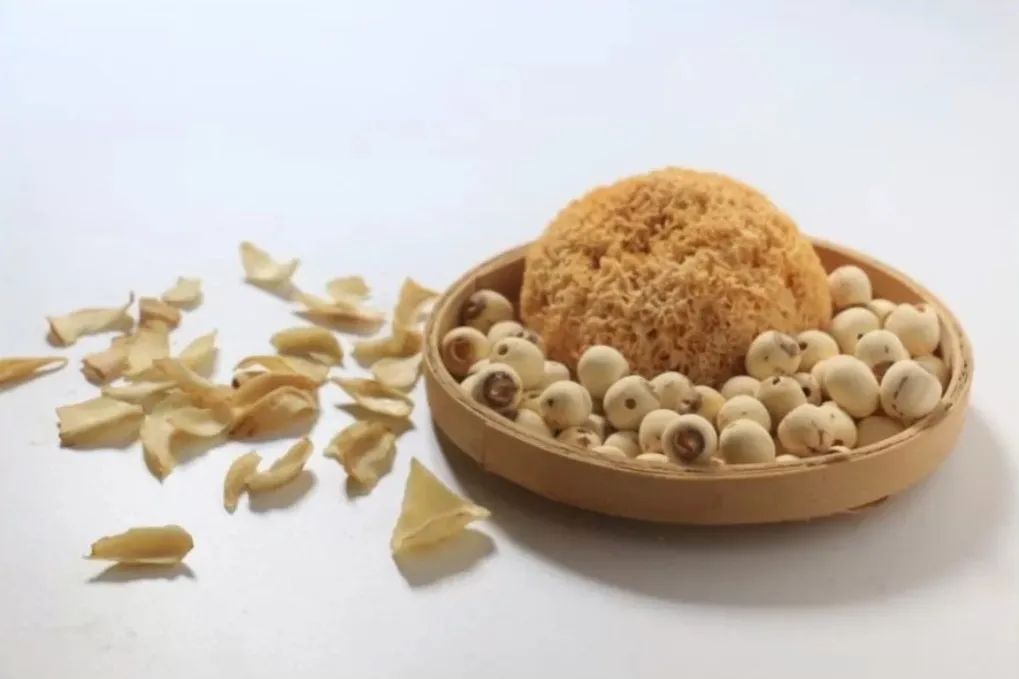
From ancient times to the present, medicinal cuisine has been an important component of traditional Chinese medicine (TCM) health preservation, receiving attention from generations of physicians. Medicinal cuisine has indeed made significant contributions to China’s traditional medical health practices and the concept of “preventive treatment of disease” (治未病). The fundamental substances of life are derived from the nutrients in food, so regardless of the issues that arise, one should first seek solutions from the nutrition of food, returning to the essence of life.
Join me in exploring the past and present of medicinal cuisine!
How much do you know about medicinal cuisine?
The “Huangdi Neijing” states: “In diagnosing illness, one must inquire about diet and living conditions,” “To treat illness, one must seek its root,” “Medicine expels it, food follows it,” and says, “People rely on grains as their foundation,” “Heaven provides humans with five energies, and Earth provides humans with five flavors,” “The five flavors enter the body and are stored in the intestines and stomach,” “Toxic substances attack evil, grains nourish, fruits assist, meats benefit, and vegetables fill; when the flavors combine and are consumed, they replenish essence and vital energy.” The “Huangdi Neijing” contains 13 formulas, of which 8 are classified as medicinal food combinations.
01
The Zhou Dynasty

According to the “Zhou Li,” during the Zhou Dynasty, there were “food physicians” primarily responsible for adjusting the flavors, temperatures, and proportions of the Zhou emperor’s “six foods,” “six drinks,” “six dishes,” “hundred delicacies,” and “hundred sauces.”
The work of food physicians is similar to that of modern nutritionists. The “Zhou Li: Tian Guan” also records that disease physicians advocated using “five flavors, five grains, and five medicines to nourish their illnesses”; ulcer physicians advocated “using sour to nourish bones, spicy to nourish tendons, salty to nourish vessels, bitter to nourish qi, sweet to nourish flesh, and slippery to nourish orifices,” indicating that as early as the Western Zhou period, there was a rich knowledge of medicinal cuisine and specialized personnel engaged in its preparation and application.
02
The Late Eastern Han Dynasty
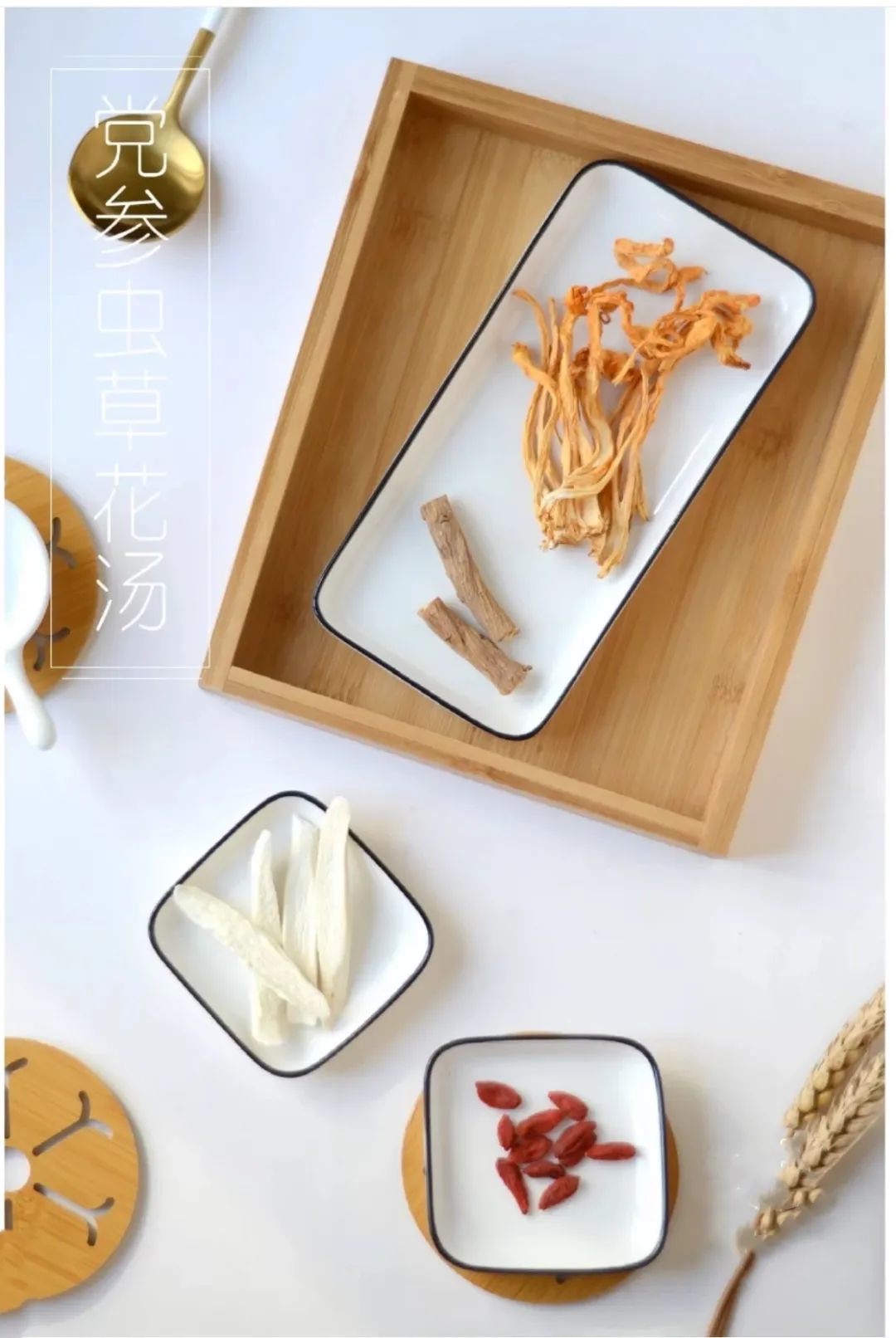

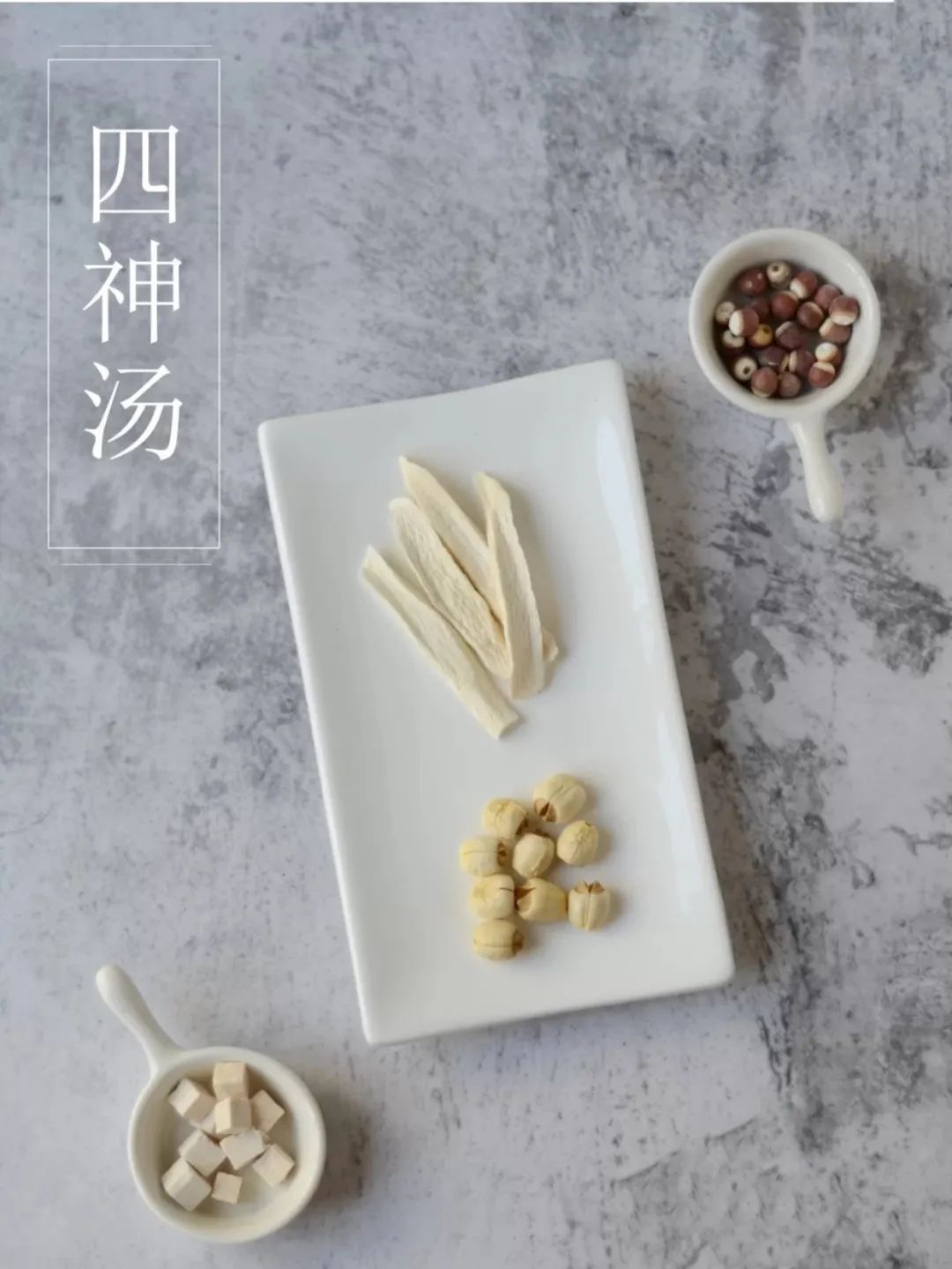
In the late Eastern Han Dynasty, the “Shennong Bencao Jing” compiled a comprehensive study of 365 medicinal substances, including jujube (大枣, Dazao), ginseng (人参, Renshen), goji berries (枸杞子, Gouqizi), schisandra (五味子, Wuweizi), rehmannia (地黄, Dihuang), coix seed (薏苡仁, Yiyiren), poria (茯苓, Fuling), adenophora (沙参, Shashen), ginger (生姜, Shengjiang), scallion (葱白, Congbai), walnut (核桃, Hetao), lotus seed (莲子, Lianzi), honey (蜂蜜, Fengmi), longan (桂圆, Guiyuan), lily (百合, Baihe), and aconite (附子, Fuzi), all of which are medicinal foods commonly used as ingredients in medicinal cuisine.
The famous physician Zhang Zhongjing in the Han Dynasty not only used medicines to treat people but also often employed dietary therapy to complement treatment. His works, “Shanghan Zabing Lun” and “Jinkui Yaolue Fang Lun,” contain content on dietary medicinal cuisine.
He emphasized the role of dietary therapy in health maintenance and prevention, pioneering the combination of medicines and food to treat serious illnesses and acute conditions, laying the foundation for the theory of medicinal cuisine in China.
The Past and Present of Medicinal Cuisine (Part 2)

How much do you know about medicinal cuisine?
Medicinal cuisine originates from China’s traditional dietary and TCM dietary therapy culture. It is prepared under the guidance of theories from TCM, culinary science, and nutrition science, strictly following medicinal cuisine recipes, combining Chinese herbs with certain food items that have medicinal value, using unique Chinese cooking techniques and modern scientific methods to create delicious foods with specific colors, aromas, flavors, and forms. (In short, medicinal cuisine is a culinary art that combines medicinal materials with food ingredients.) It is a product of the integration of traditional medical knowledge and culinary experience. It “embeds medicine in food,” using medicines as food and attributing medicinal properties to food, where medicine enhances the power of food, and food assists the efficacy of medicine, complementing and enhancing each other; it possesses high nutritional value and can prevent and treat diseases, promote health, and prolong life.
03
The Tang Dynasty
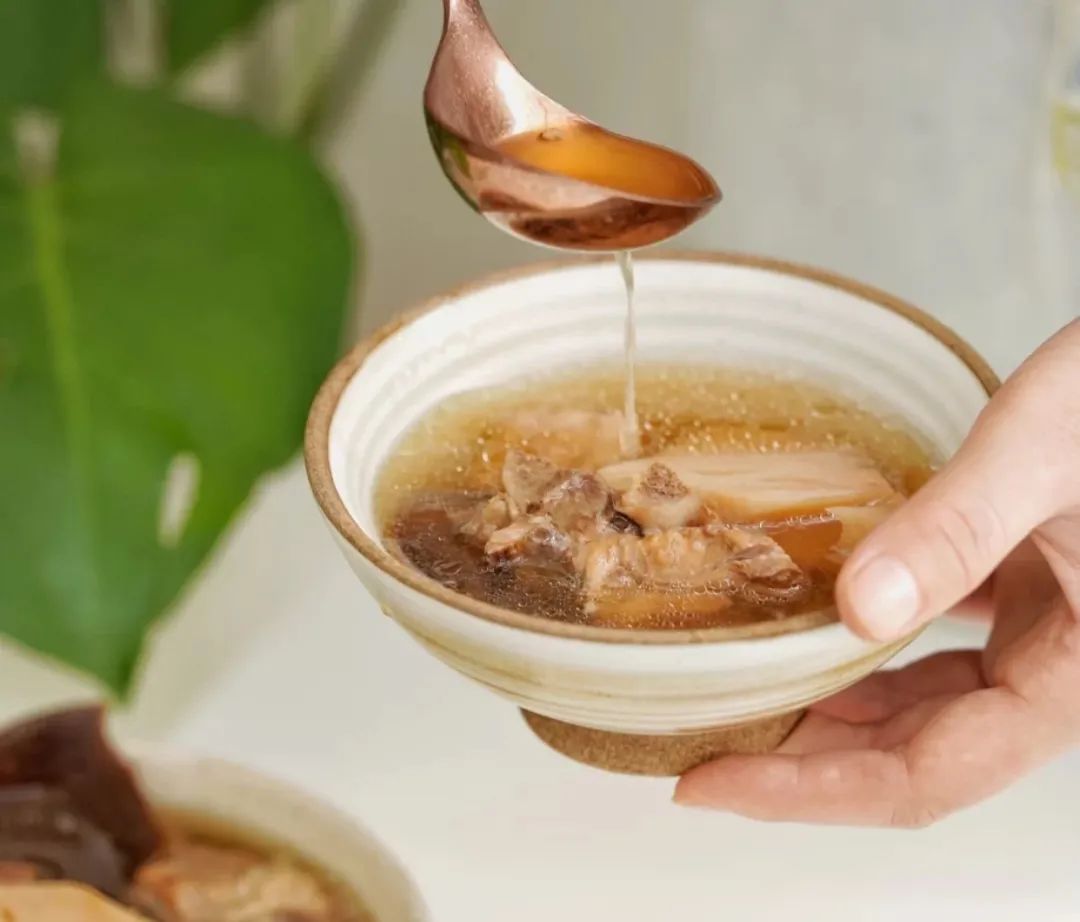
The famous physician Sun Simiao in the Tang Dynasty established a special chapter on “Food Therapy” in his “Beiji Qianjin Yaofang,” marking the beginning of food therapy as a specialized discipline, which included 164 medicinal foods.
Sun Simiao also pointed out: “In all treatments, one should first use food therapy; if food therapy does not cure, then one may use medicine.”
His disciple Meng Shen compiled the “Shiliao Bencao,” which is the first comprehensive work on food therapy in China, collecting 241 types of food, detailing their properties, health benefits, side effects of overconsumption and selective eating, and unique processing and cooking methods.
04
The Yuan Dynasty
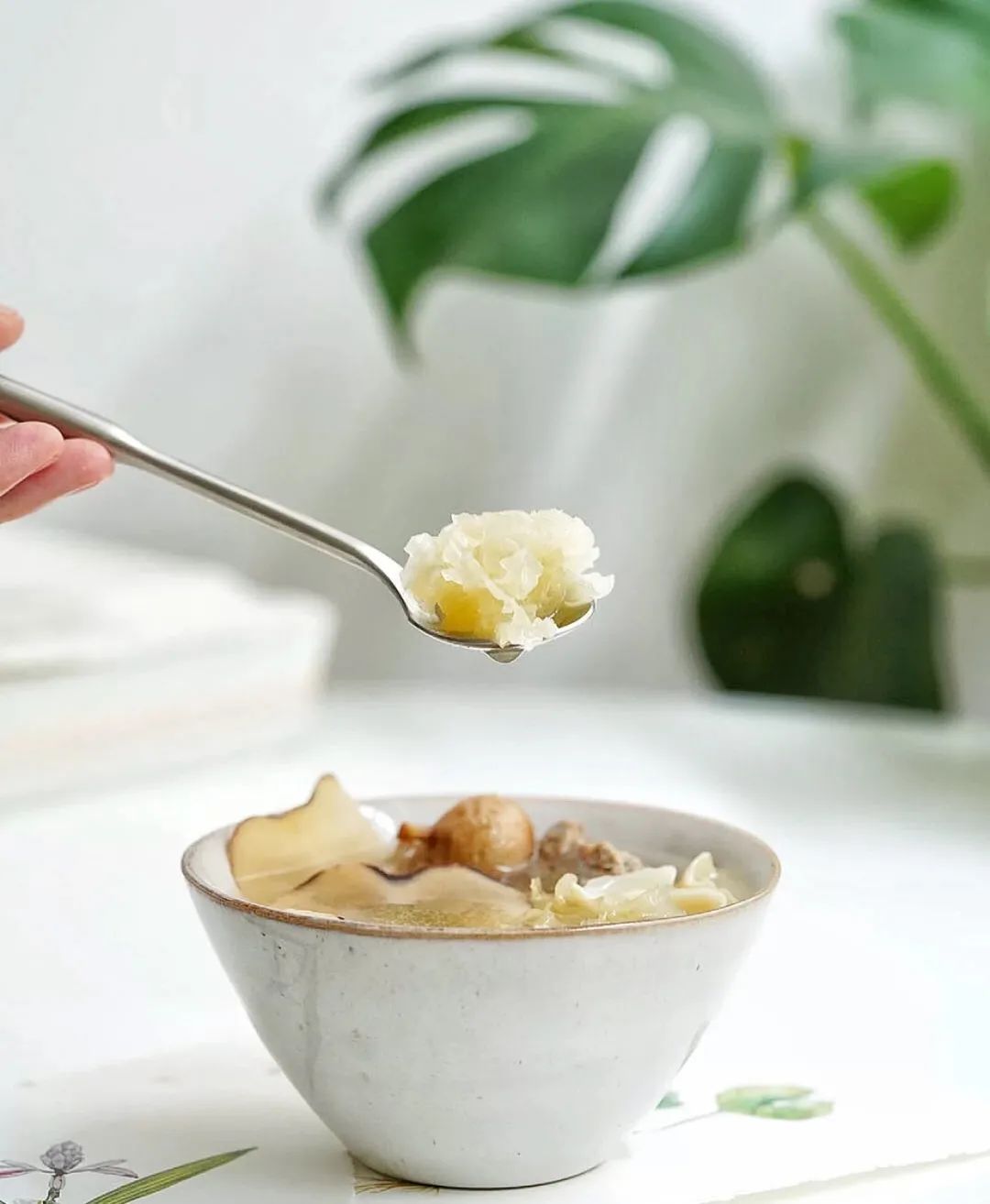

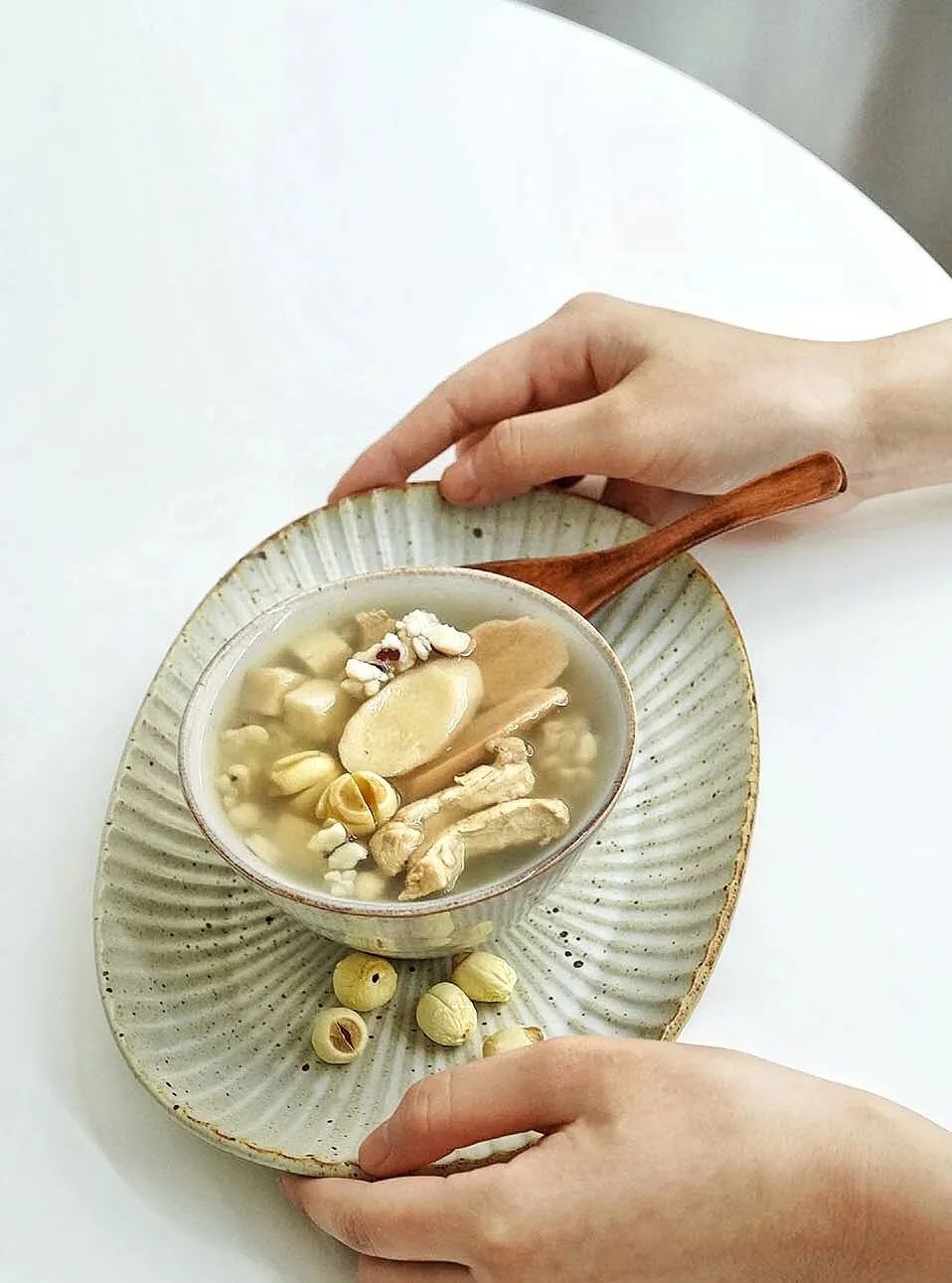
The “Yinshan Zhengyao,” compiled by the Yuan Dynasty physician Hu Sihui, is the earliest nutritional science work in China, which includes 203 types of food.
This book not only discusses the therapeutic effects on diseases but also emphasizes, from a nutritional perspective, that healthy individuals should enhance their dietary nutrition intake to prevent diseases, detailing dietary hygiene, contraindications for medicinal foods, and symptoms of food poisoning.
The Past and Present of Medicinal Cuisine (Part 3)
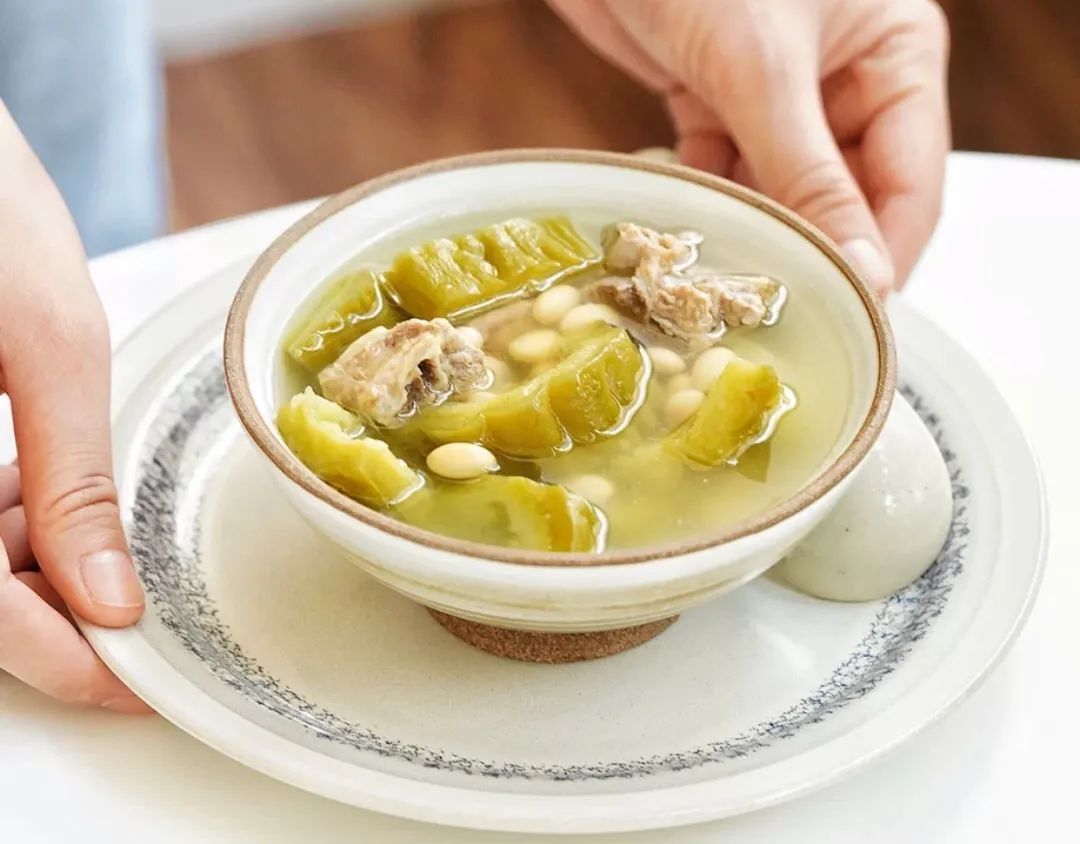
How much do you know about medicinal cuisine?
Medicinal cuisine is an important component of TCM, a unique practical discipline that has gradually formed through thousands of years of exploration and accumulation by the Chinese nation, and is a valuable cultural heritage left by our ancestors.
For thousands of years, traditional Chinese medicine has placed great importance on the dialectical relationship between dietary therapy and health longevity, which includes dietary therapy, that is, using diet to achieve health maintenance and disease prevention and treatment, as well as medicinal cuisine, which refers to the combination of food and medicine to create meals for health maintenance and disease prevention. The medicinal cuisine mentioned in this article includes dietary therapy content. TCM has accumulated valuable experiences in medicinal cuisine and dietary therapy through long-term medical practice, forming a unique theoretical system, thus making medicinal cuisine an important part of TCM. Actively promoting TCM medicinal cuisine and dietary therapy not only contributes significantly to the health and longevity of the Chinese people but also has far-reaching significance for the development of global health care medicine.
05
The Ming and Qing Dynasties
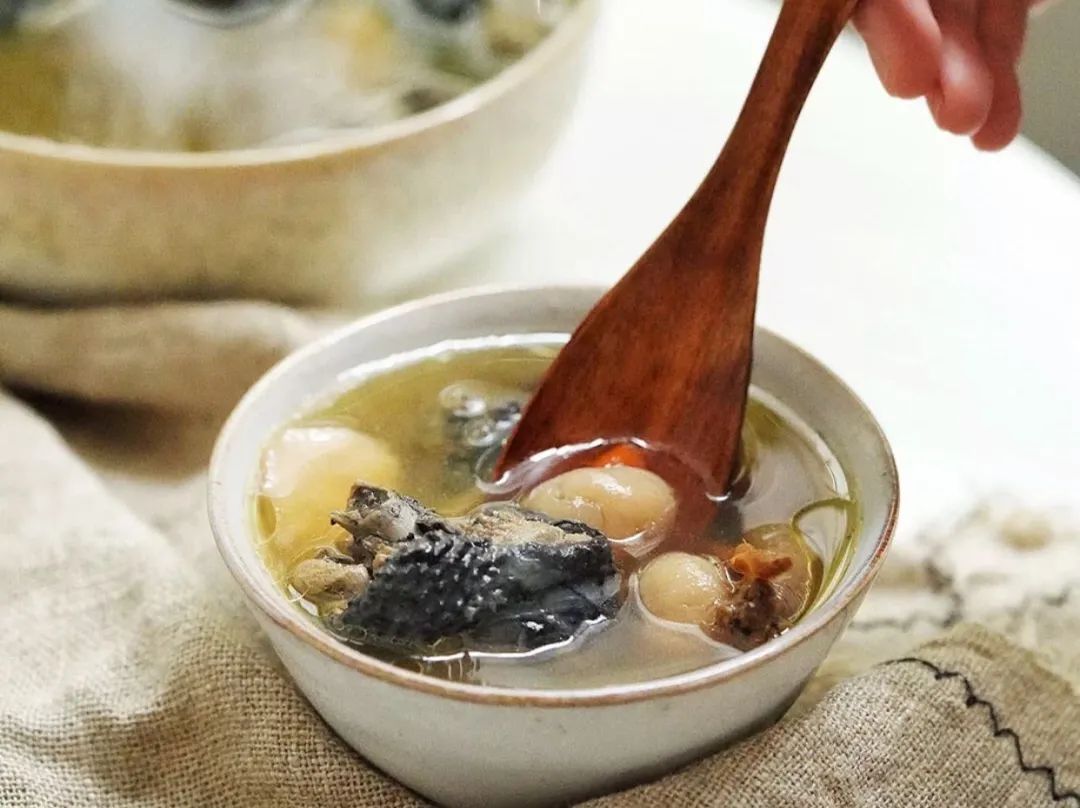
The Ming and Qing periods were stages of further refinement in TCM dietary therapy and medicinal cuisine. The Ming Dynasty’s monumental medical work “Bencao Gangmu” provided rich resources for TCM dietary therapy, with over 300 types of grains, vegetables, and fruits listed, including specific prohibitions regarding the use of medicines and foods.
Zhu Di’s “Jiuhuang Bencao” recorded 414 types of plants that could be consumed during famine years, detailing their origins, names, properties, and cooking methods.
06
Modern Times
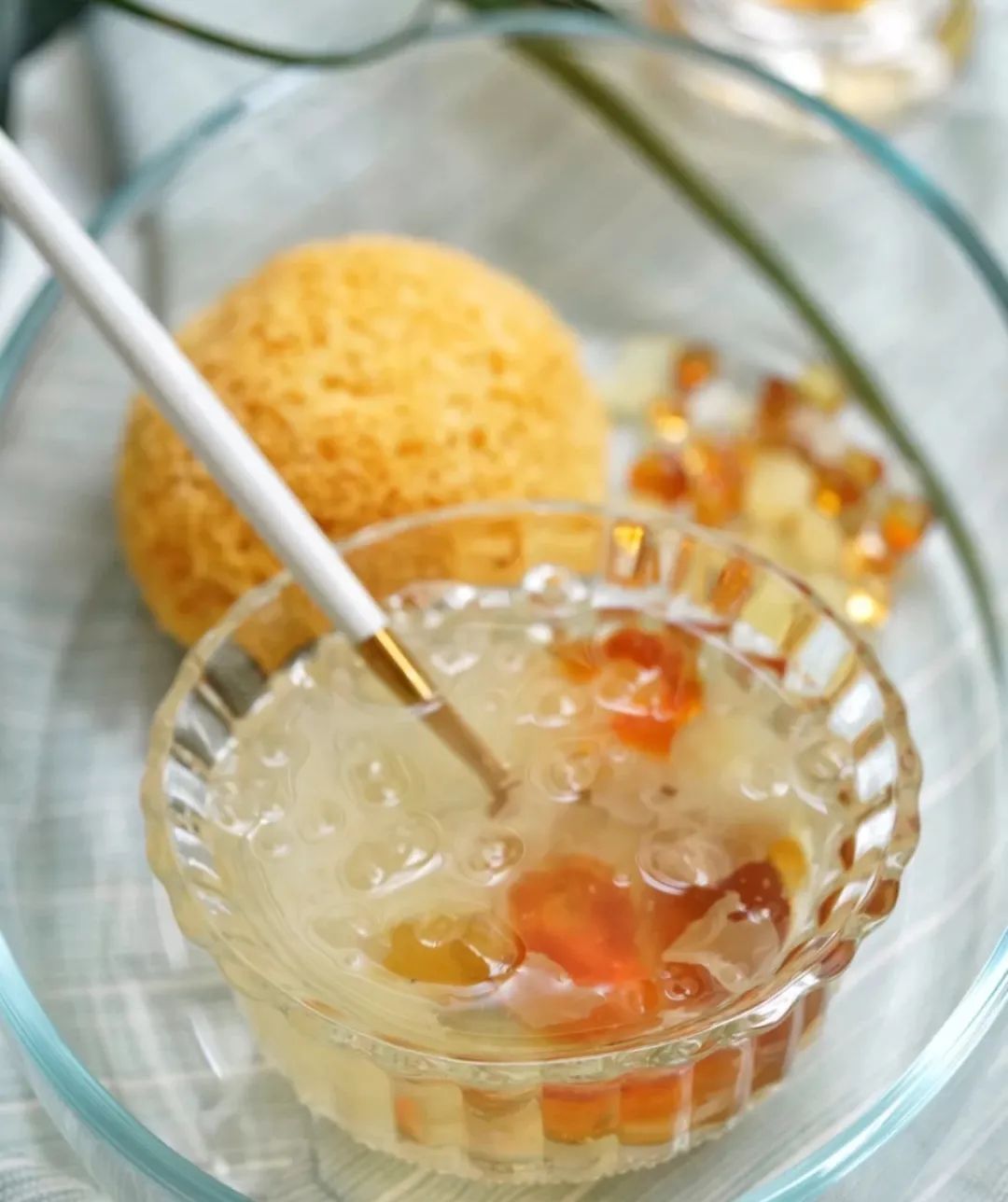

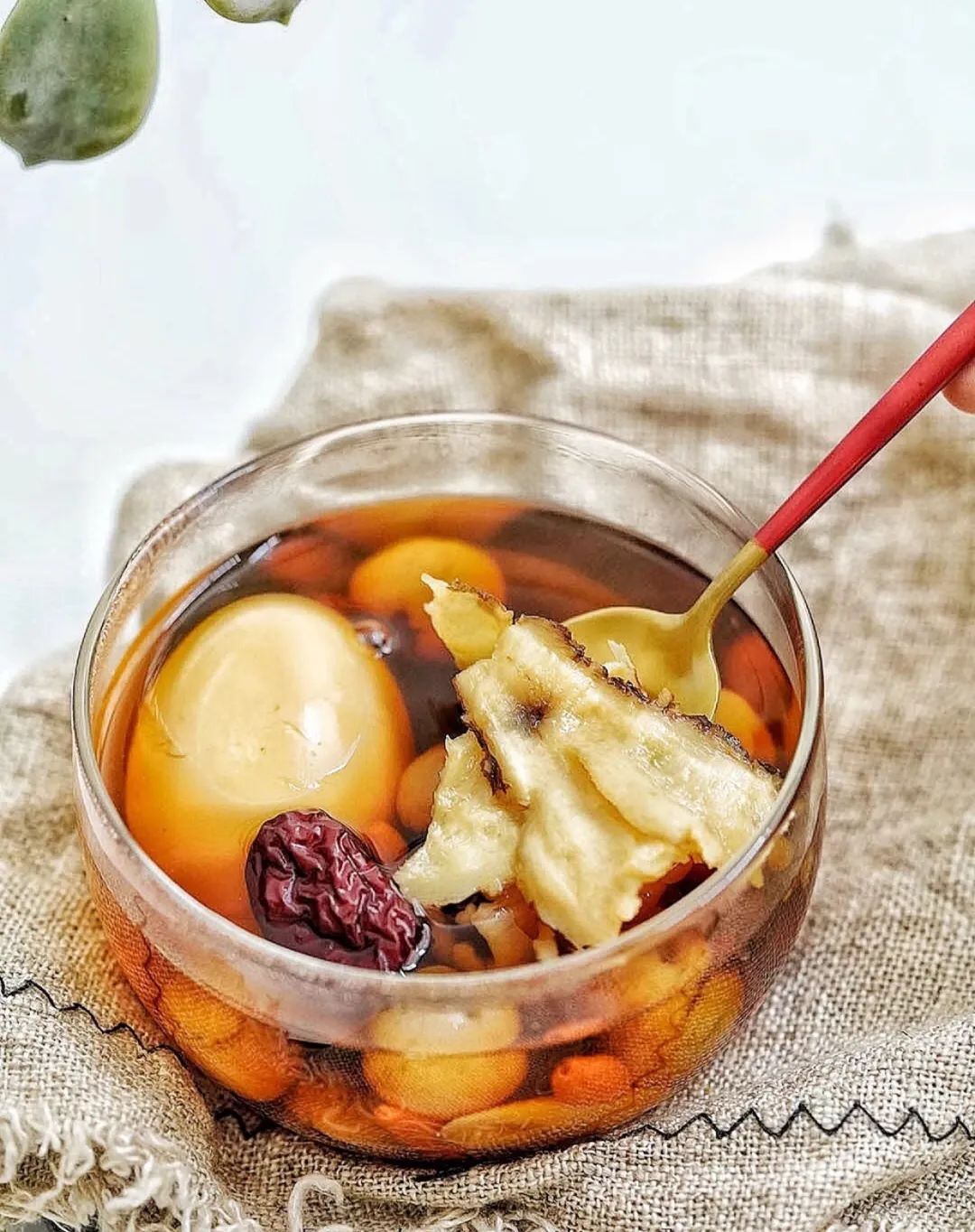
The World Health Organization has warned that future threats to human health will increasingly stem from drug-related injuries, with 2.5 million hospitalizations each year in China due to drug side effects.
The state advocates for green medicine, returning to the essence of healthcare, with the field of holistic health flourishing, giving rise to precision dietary therapy and nutritional therapy.
Currently, precision dietary therapy combines dialectical optimization formulas from TCM with efficient Western medical technologies, addressing both symptoms and root causes, promoting the repair of various bodily functions, aiming for safety and precision in the development of social health.
Copyright statement: We emphasize sharing; the images and text are sourced from the internet, and the copyright belongs to the original authors. If there is any infringement, please inform us, and we will promptly delete and apologize.
Click the text below to learn more exciting content:
The most bizarre education in the world - Traditional Chinese Medicine
Promoting TCM culture, benefiting the health of the people, intangible cultural heritage - Baicao Tongjing Huoluo
Intangible heritage Baicao Tongluo Shaolin Zhequanta: Spreading TCM culture, leading a healthy lifestyle
Intangible heritage Baicao Tongluo Shaolin Zhequanta's nine home remedies
Intangible heritage TCM adjustment therapy - Nine methods for cervical vertebra correction
